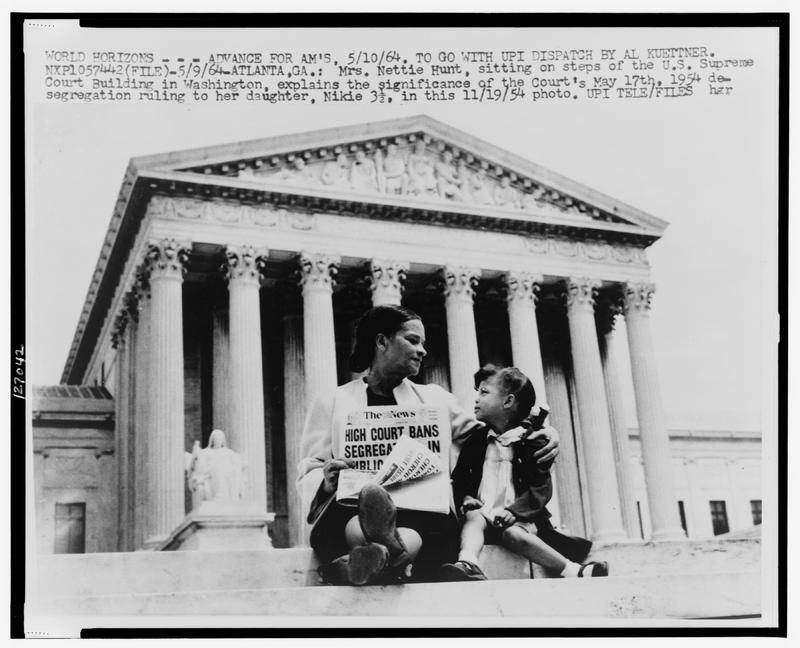Education
“Education is that whole system of human training within and without the school house walls, which molds and develops men.”
W. E. B. Du Bois, The Talented Tenth, 1903
Levels of education influence employment opportunities and income, which in turn influence housing, transportation, community participation, and other factors related to health. Some of these opportunities can directly affect the health of individuals and their families. Generally, people with the worst health have low education levels. A lack of literacy (being able to read and write) is associated with poverty, malnutrition, poor health, and higher rates of infant and child mortality.
The landmark 1896 Plessy vs. Ferguson court case set the stage for creating separate but equal schools for blacks and whites. Although not codified to the same degree, Latino, Asian, and Native American schools were also segregated. As it turned out, minority schools were separate but never equal to white schools.
These decisions set in motion a legacy of disadvantages in education for minorities. Today, the nation still struggles with providing a quality education for all. Many racially segregated and poor neighborhoods—the equivalent of de facto segregation–have fewer resources, substandard conditions, and poorer performing schools, thereby providing an unequal education for those students.

Courtesy of Library of Congress, N.Y. World-Telegram and Sun Newspaper Collection, LC-USZ62-127042
On May 17, 1954, the Supreme Court ruled that the “separate but equal” doctrine that had been the legal basis of segregated education was unconstitutional. The National Association for the Advancement of Colored People (NAACP) began work to challenge the doctrine in the 1930s. The Brown vs. Board of Education lawsuit was actually a coordinated group of five lawsuits against school districts in Kansas, South Carolina, Delaware, Virginia and the District of Columbia filed in 1951. With the 1954 Supreme Court ruling, separate education was declared to be inherently unequal.
While Brown vs. Board of Education had a dramatic impact on African American education, the case became a major force for improving education for other minorities, including Latinos. The decision sparked desegregation strategies such as busing, and led to new instructional approaches such as Title I programs, magnet schools, and bilingual and multicultural education.
